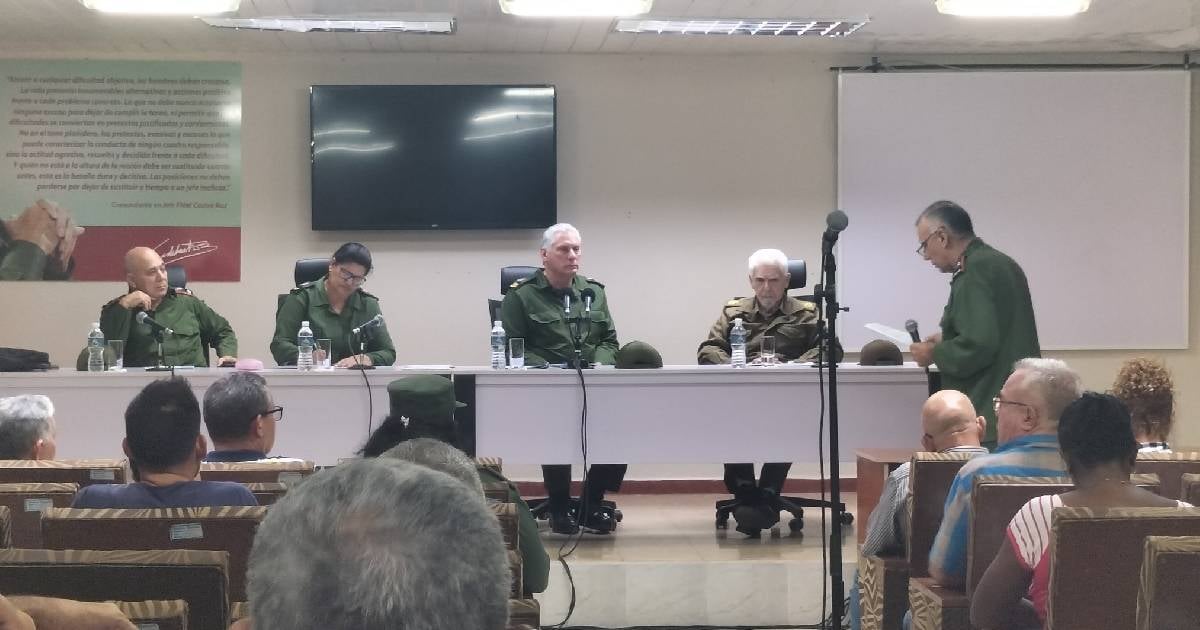Miguel Díaz-Canel made his way to Artemisa on Thursday afternoon, less than a day after Hurricane Rafael severely impacted the province. The hurricane struck Cuba on the evening of November 6, battering not only Artemisa but also the provinces of Mayabeque and Havana.
Swift Response Compared to Previous Disasters
The Cuban leader's prompt visit to Artemisa stands in stark contrast to his delayed arrival in Guantánamo following Hurricane Oscar. Official Cuban media highlight this quick response, noting that during his journey to Artemisa, Díaz-Canel stopped at kilometer 32 on the Havana-Pinar del Río highway. There, he engaged with crews working tirelessly to repair six high-voltage towers toppled by the storm, an area currently facing significant challenges.
Extensive Damage in Artemisa
Hurricane Rafael left a trail of destruction across Artemisa, with major damage reported in several hospitals and sports facilities, particularly baseball stadiums. Images shared on the “MINFAR Cuba” Facebook page also reveal extensive agricultural losses across the region, including areas like Güira de Melena, Bauta, and San Antonio de los Baños, as well as the provincial capital.
Precautionary Measures in Havana
In contrast to the handling of Hurricane Oscar, authorities took preemptive actions in response to Rafael's approach to western Cuba, especially in Havana. Early warnings were issued, and evacuations were conducted in high-risk areas. The Cuban Institute of Meteorology kept the public informed about Rafael's progress, promoting safety measures to mitigate the storm's impact.
Despite the significant destruction, no loss of life has been reported yet. This stands in stark contrast to the aftermath of Hurricane Oscar, which left eight confirmed dead and several missing in Guantánamo. During that disaster, Díaz-Canel had claimed that "no Cuban has been abandoned," though his actions were scrutinized due to the delayed response.
